Genus Lactobacillus Higher classification Lactobacillus delbrueckii Order Lactobacillales | Rank Subspecies | |
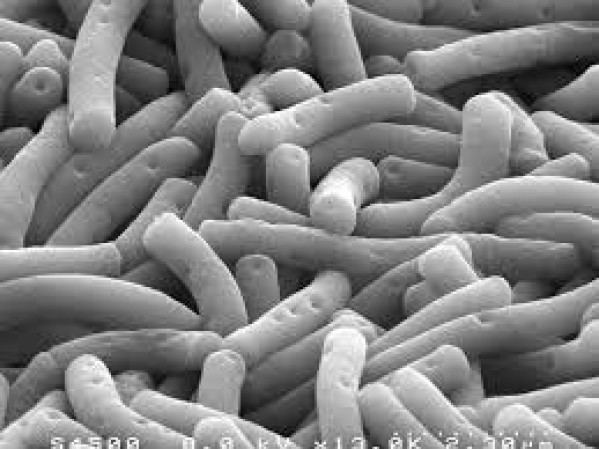 | ||
Scientific name Lactobacillus delbrueckii subsp. bulgaricus Similar Streptococcus thermophilus, Lactobacillus, Bacteria, Lactobacillus casei, Lactococcus lactis | ||
Lactobacillus delbrueckii subsp bulgaricus
Lactobacillus delbrueckii subsp. bulgaricus (until 2014 known as Lactobacillus bulgaricus) is one of several bacteria used for the production of yogurt. It is also found in other naturally fermented products. First identified in 1905 by the Bulgarian doctor Stamen Grigorov, the bacterium feeds on lactose to produce lactic acid, which is used to preserve milk.
Contents
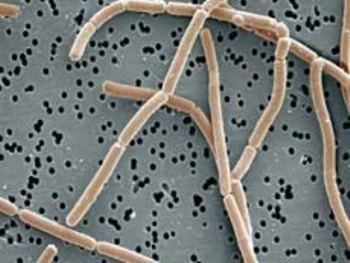
Lactobacillus delbrueckii subsp. bulgaricus can be found naturally in the gastrointestinal tract of mammals living in Bulgaria, but one specific strain, Lactobacillus bulgaricus GLB44, is extracted from the leaves of the Galanthus nivalis (snowdrop flower) in Bulgaria as well. The bacterium is also grown artificially in many other countries.
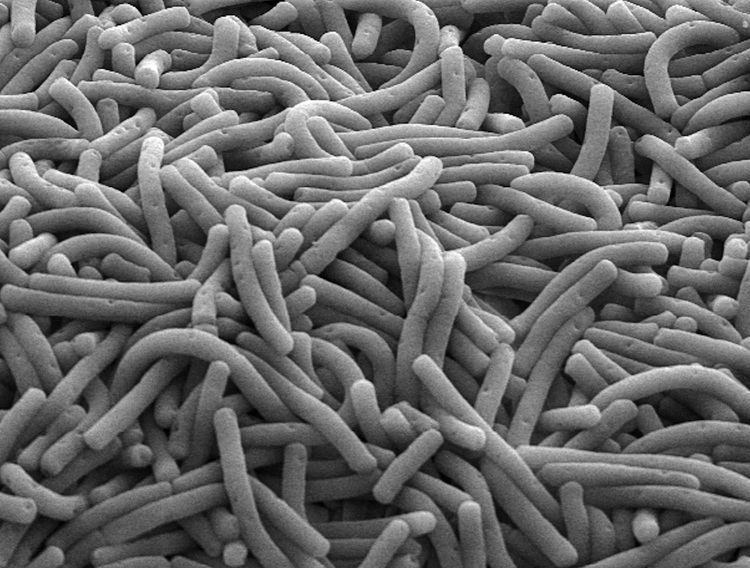
It is a gram-positive rod that may appear long and filamentous. It is non-motile and does not form spores. It is regarded as aciduric or acidophilic, since it requires a low pH (around 5.4–4.6) to grow effectively. The bacterium has complex nutritional requirements.
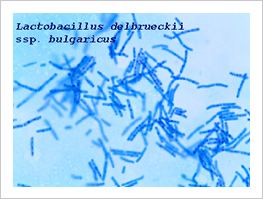
Use in industry
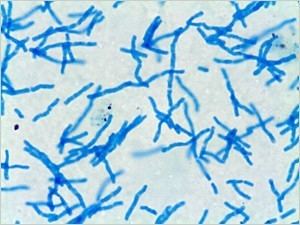
Lactobacillus delbrueckii subsp. bulgaricus is commonly used alongside Streptococcus thermophilus as a starter for making yogurt. The two species work in synergy, with L. d. bulgaricus producing amino acids from milk proteins, which are then used by S. thermophilus. Both species produce lactic acid, which gives yogurt its tart flavor and acts as a preservative. The resulting decrease in pH also partially coagulates the milk proteins, such as casein, resulting in yogurt's thickness. While fermenting milk, L. d. bulgaricus produces acetaldehyde, one of the main yogurt aroma components. Some strains of L. d. bulgaricus, such as L. bulgaricus GLB44, also produce bacteriocins, which have been shown to kill undesired bacteria in vitro.
Some of the biggest importers of the bacterium are Japan, the USA, and the EU.
It has also been considered a contaminant of beer due to its homofermentative production of lactic acid, an off-flavor in many styles of beer. In other styles of beer, however, lactic acid bacteria can contribute to the overall appearance, aroma, taste, and/or mouthfeel, and generally produce an otherwise pleasing sourness.
History
Lactobacillus delbrueckii subsp. bulgaricus was first identified in 1905 by Stamen Grigorov, who named it Bacillus bulgaricus.
Ilya Metchnikoff, a professor at the Pasteur Institute in Paris, researched the relationship between the longevity of Bulgarians and their consumption of yogurt. He had the idea that aging is caused by putrefactive activity, or proteolysis, by microbes that produce toxic substances in the intestine.
Proteolytic bacteria such as clostridia, which are part of the normal intestinal flora, produce toxic substances including phenols, ammonia and indols by digestion of proteins. These compounds are responsible for what Metchnikoff called intestinal auto-intoxication, which, according to him, was the cause of the physical changes associated with old age, a concept that has no scientific basis. It was already known at that time that fermentation with lactic acid bacteria inhibits the deterioration of milk because of its low pH.
Metchnikoff's research also noted that rural populations in Southeastern Europe and the Russian steppes daily consume milk fermented with lactic acid bacteria and live relatively longer than other populations. Based on these data Metchnikoff proposed that consumption of fermented milk seeds the intestine with harmless lactic acid bacteria increasing intestinal acidity and suppressing the growth of proteolytic bacteria.
Lactobacillus bulgaricus is a constituent in VSL#3. This proprietary, standardized, formulation of live bacteria may be used in combination with conventional therapies to treat ulcerative colitis and requires a prescription.
